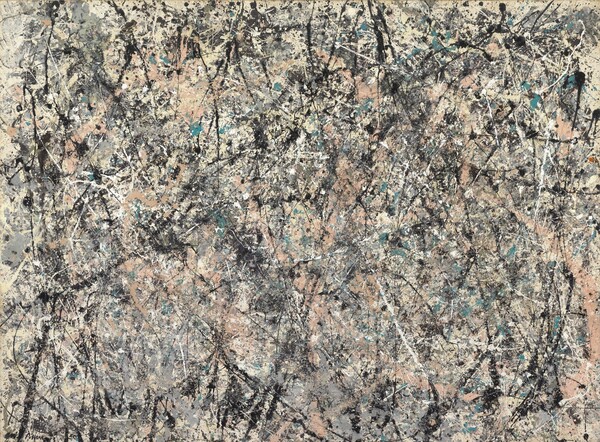
Southern Africa was dominated by Britain during imperialism in Africa. Modern-day countries like South Africa, Botswana, Zimbabwe, Zambia, and more were under British rule with apartheid laws. The arts space in Zambia was predominantly dominated by non-African artists, specifically men. Ruth Hartley, a British artist who lived in southern Africa for a large part of her life, recorded the art scene in Zambia. She noted the large male colonizer population within the art movements in Zambia.
Boys in school weren’t encouraged to study art or participate in the arts because of their high status in society who would eventually go into the workforce. Art was seen as something for women and many women artists focused on issues of apartheid in the region. During the independence movement of Zambia, there was more power to the Zambian people, but mostly men. Women continued to play in the arts spheres as countries like Zimbabwe were becoming independent.
A lot of the artwork that came from this period was in the form of sculptures. Looking at these oblong and smooth sculptures you can’t help but question exactly what the artists believe makes up humans. Zambian sculptors like Paul Kabwe of Mother of Twins didn’t receive recognition for his sculptures as the only gallery was the Mpapa Gallery. These sculptures showcase the blend of cultures and the blend of cultures between Zambian peoples. It challenged ideas of separating race and ethnicity that apartheid was pushing.
Unfortunately, there isn’t much history recorded on this section of history. Most of the prominent resources online for Zambian sculptures and artists are white artists. Including Ruth Hartley, who writes about Zambian artwork in her blog, tends to showcase artwork from white artists. Although the artwork that was coming from venues like the Mpapa Gallery were critical of apartheid, a lot of the artwork still came from white artists. Currently, most of the directors and gallery management is white instead of African. Hopefully there will be a change in order to provide a larger voice for Black Zambian voices as Mpapa Gallery is supposed to be.







